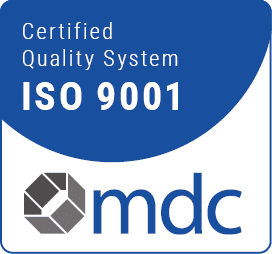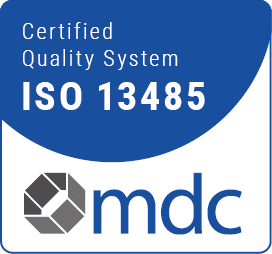Das Interesse an der Reinigungswirkung beruht darauf, dass Kavitation vorwiegend an Inhomogenitätsstellen auftritt, also gerade dort, wo Verunreinigungen auf Oberflächen haften. Der Schmutz selbst zieht gewissermaßen die Kavitation an, die ihn schließlich von der Oberfläche löst.
Diesen Vorgang bezeichnet man auch gern als ‚Mikro-Schrubben‘ oder ‚Elektronisches Bürsten‘. Der Ultraschall ist allerdings eine ebenso schonende wie gründliche Bürste, denn die Wirkung der Kavitation lässt – kurzfristig angewendet – auch empfindliche Oberflächen unversehrt und entfaltet sich überall da, wo Reinigungsflüssigkeit vorhanden ist. Ultraschall-Reinigung ist eine ideale Methode, um Sacklöcher, Rändel, Ritzen und alle Arten von Hohlräumen zu reinigen, die manuell schlecht zugänglich sind. Ganze Baugruppen, wie z. B. Getriebe, brauchen zur Reinigung nicht zerlegt werden, sondern können im Ganzen in ein Ultraschall-Reinigungsbad eingelegt werden.
Ebenso bietet sich die Ultraschallreinigung für sensible Teile an, z. B. elektronische Bauteile, Leiterplatten, unzugängliche elektrostatische Filterzellen, Dieselventile oder feine PKW-Einspritzdüsen. Auch in der Medizin nutzt man die schmutzablösende Wirkung der Kavitation in Krankenhäusern und Praxen zur Säuberung und Zeitverkürzung bei der chemischen Desinfektion von feinen Schneidinstrumenten, Endoskopteilen und insbesondere Mikroinstrumenten.
Mit dem Abspielen der Videos akzeptieren Sie die Datenschutzerklärung von YouTube.






